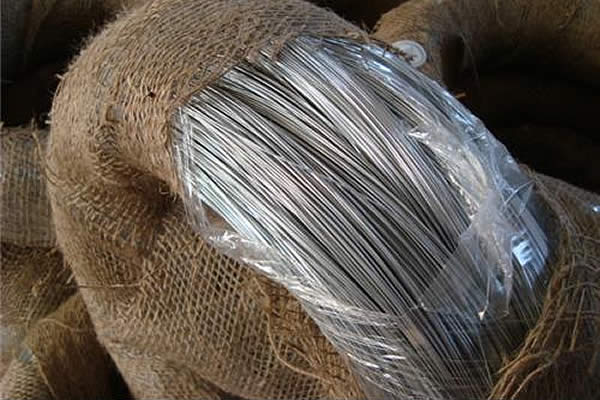 TEL:
+86-13102802206
TEL:
+86-13102802206
 Email:
fencenetting@china.com
Email:
fencenetting@china.com
 Language
Language
 TEL:
+86-13102802206
TEL:
+86-13102802206
 Email:
fencenetting@china.com
Email:
fencenetting@china.com
 Language
Language


Understanding Iron Welded Mesh Applications and Benefits
Iron welded mesh, often referred to simply as welded wire mesh, is a versatile product widely used in various industries and applications. Made from high-quality iron wires that are welded together at their intersections, this mesh offers significant strength, durability, and flexibility, making it an ideal choice for a range of structural and decorative purposes.
Production Process
The production of iron welded mesh involves several critical steps. First, high-tensile wires are drawn to the desired gauge. These wires are then arranged in a grid pattern, meeting at right angles before being welded together at junctions using high-frequency electrical resistance welding or other welding techniques. This process ensures that the mesh is uniform in strength across its surface and can withstand significant stress. After welding, the mesh may undergo treatments such as galvanization or coating to enhance its resistance to corrosion and extend its lifespan, making it suitable for both indoor and outdoor applications.
Applications
Iron welded mesh is utilized across numerous sectors including construction, agriculture, and infrastructure. Its primary application is in the construction industry, where it serves as a reinforcement material for concrete. By embedding welded mesh within concrete, engineers improve the tensile strength and durability of structures such as slabs, foundations, and beams. This practice not only optimizes the material usage but also reduces the likelihood of cracking, thereby enhancing the longevity of the construction.
In agricultural settings, iron welded mesh is often used for fencing, providing secure enclosures for livestock and crops. Its robust design deters intruders and animals from escaping, ensuring the safety of farm operations. Additionally, welded mesh can serve as an excellent support structure for climbing plants and vines, providing a stable framework that promotes healthy growth.

Iron welded mesh is also prevalent in the manufacturing of security products. The strength of the material makes it suitable for creating barriers, cages, and protective screens that are used in various facilities, including warehouses, factories, and even retail environments. The mesh allows for visibility and air flow while maintaining a secure perimeter, making it an effective solution for theft prevention.
Benefits
The advantages of using iron welded mesh are numerous. One of the most significant benefits is its strength; the welding process ensures that each intersection of the wire mesh is secure, offering a high level of load-bearing capacity. This robustness makes it suitable for heavy-duty applications, contributing to the overall safety and stability of structures.
Moreover, iron welded mesh is economically advantageous. It is available in various standard sizes and gauges, which means it can be produced in large quantities at competitive prices. The flexibility in design allows it to be customized to meet specific project requirements, whether for industrial or residential projects.
Furthermore, the longevity of iron welded mesh is enhanced when it is galvanized or coated, offering resistance against rust and environmental damage. This attribute reduces maintenance costs and the need for frequent replacements, which is particularly beneficial in commercial applications.
Conclusion
In conclusion, iron welded mesh is a fundamental material that plays a critical role in many sectors. Its strength, versatility, and cost-effectiveness make it an essential component in construction, agriculture, and security applications. As industries continue to evolve, the demand for reliable materials like iron welded mesh will undoubtedly grow, reinforcing its importance in modern engineering and design practices. Whether it's reinforcing concrete or securing agricultural lands, iron welded mesh stands out as an indispensable resource for various applications.